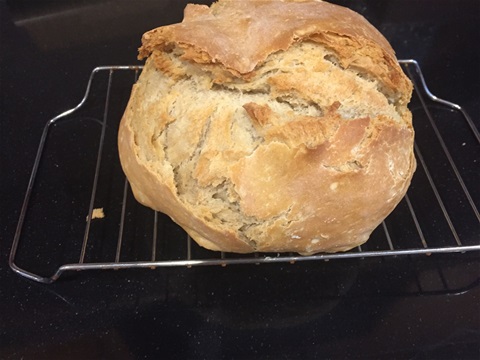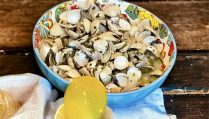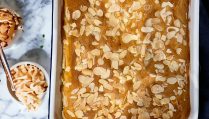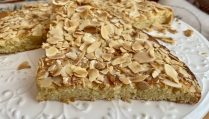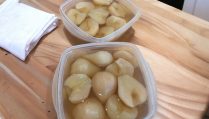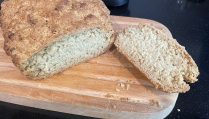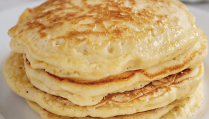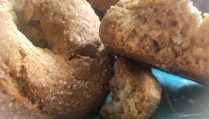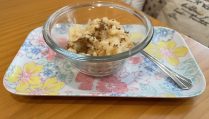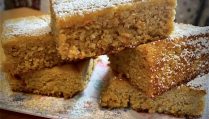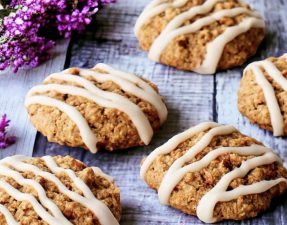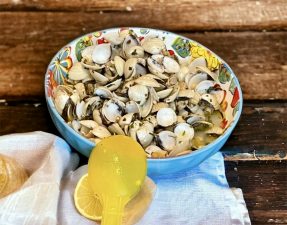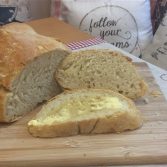
No Knead Bread – a rustic loaf
Bread is a staple in any household, and the perfect recipe to help you shine in the kitchen is essential.
This particular recipe calls for a dutch oven – cast iron pot like the Le Creuset type, although any oven proof pot with a tight fitting lid (make sure both pot and lid are safe to withstand 220 degree heat) should do the trick.
No Knead Bread is a simple and no fuss way to bake your own loaf. It requires no time at all to prepare, but it does need some 8 to 12 hours to prove, so its best to prepare it the night before and let it rise overnight. At least this scenario works best for me although I have been know to prepare this at seven in the morning, and bake it around six in the afternoon ready for a dinner party.
The smell of freshly baked bread combined with the finished look of this rustic loaf, will most definetly make you shine on any occasion.
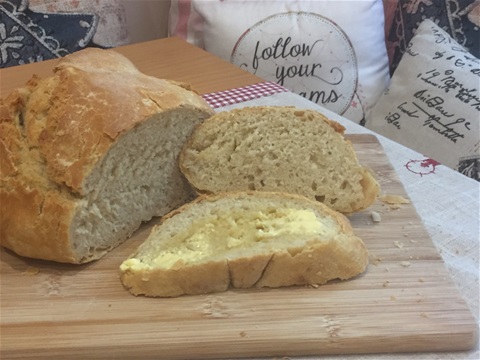
Ingredients
Instructions
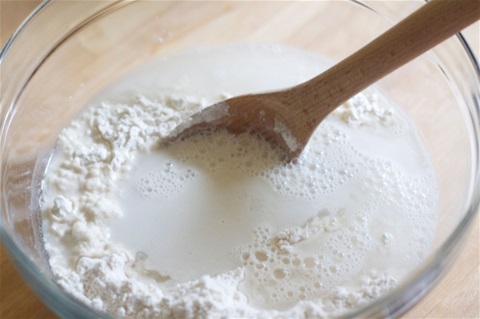
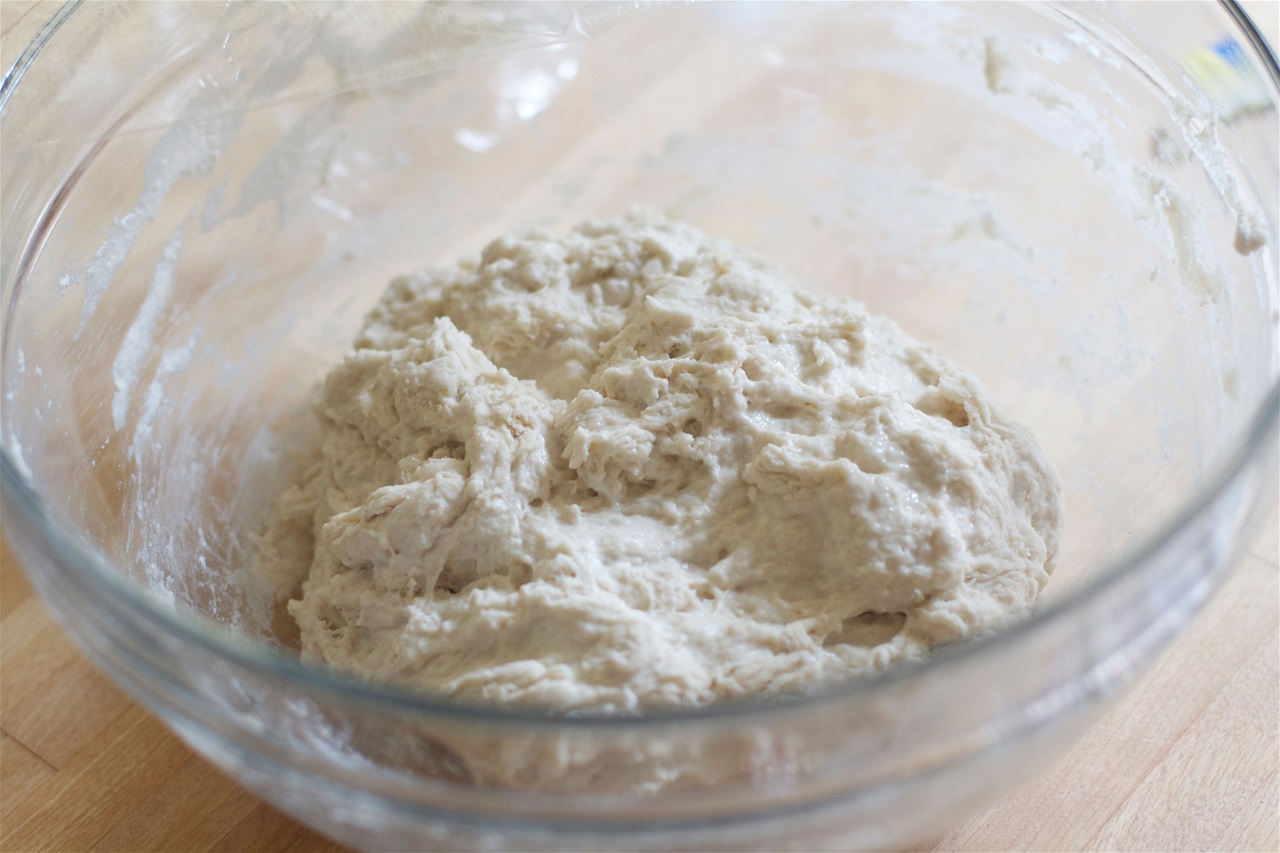
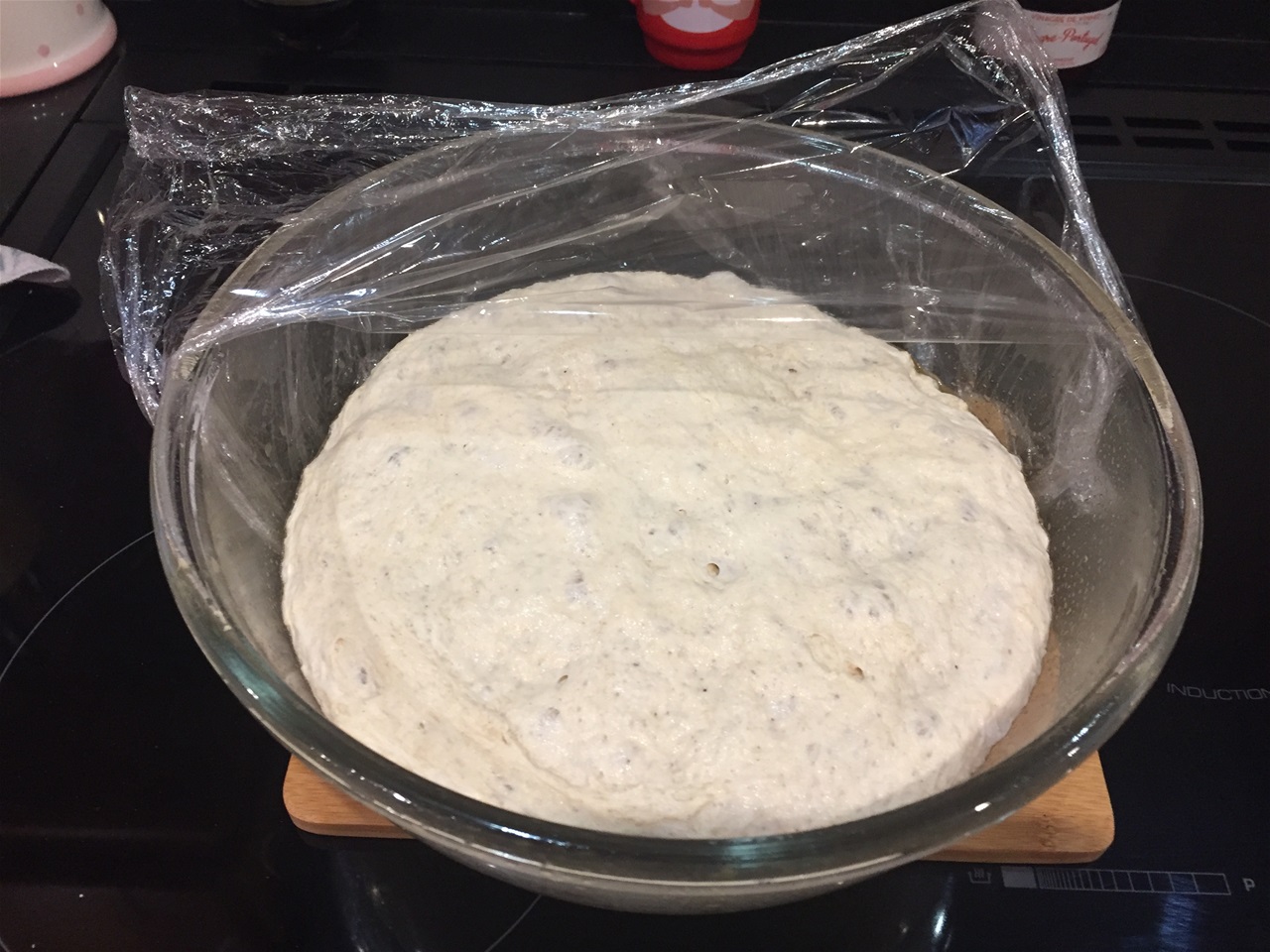
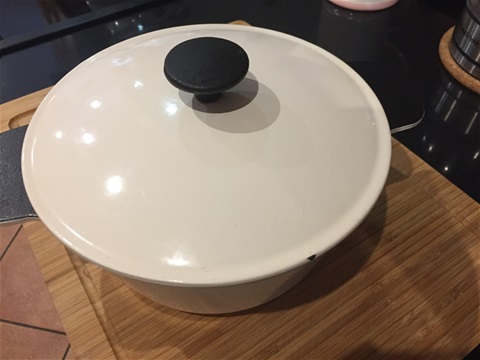
Total 45 minutes in oven.
